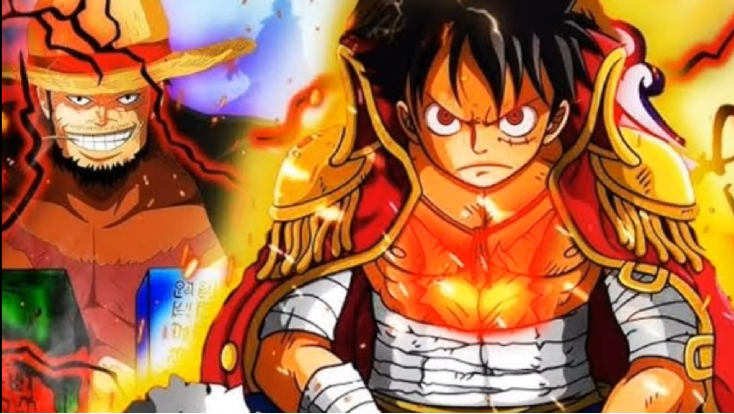
Manga is an umbrella word for a vast range of Japanese-produced and published comic books and graphic novels. In contrast to American comic books, which are nearly always printed in full colour, Japanese manga are virtually typically published in black and white. Full-color prints are often reserved for limited editions. Japanese manga is read right-to-left, as opposed to left-to-right in English language publications. If you’ve only ever read English newspapers, this may take some getting used to, but you won’t notice after you’ve practised enough.

Manga publications in Japan normally publish chapter-by-chapter manga on a monthly or weekly basis. If a series becomes successful enough, its chapters are compiled and released into tankbon volumes, which generally contain a few chapters from the entire plot. The majority of raw manga series are multi-volume affairs. This is important to remember before starting a new series since it is critical to read the volumes in the right order.
What’s the distinction between manga and anime?
Another umbrella name for all types of animation made and released in Japan is anime. Most people associate the term “anime” with manga series adaptations. When they debuted on American television in the 1990s, both series helped to increase the popularity of Japanese animation in the West. If a manga series becomes popular enough, it may be adapted into an anime. In certain circumstances, the converse is true: a popular original animation will be adapted into a manga. The two names, however, are not interchangeable. Anime is simply animation. Print is what manga is. That is the distinction.
Anime productions, with their bright, hand-drawn and computer-animated images, offer glimpses of Japanese culture, values, and social standards, as well as ordinary language and idiomatic idioms used in context. The spring 2019 semester will include “Transnational Anime: Japanese Animation History and Theory.” It is one of three new or returning courses offered to the larger range of Japanese language and culture study choices this academic year.
Anime is particularly useful in teaching and learning about Japanese culture because it creatively interprets many different aspects of Japanese life — locations and institutions, historical and cultural references, social practises, and even small things like body language and gestures — aspects that do not translate as well to other media, such as literature, music, or even liveaction film. Anime (pronounced AH-nee-may) is a Japanese comic book and video cartoon animation style in which the primary characters have doe-like eyes.
There are several websites dedicated to anime. Anime is the most common style of Japanese comic books or manga. In Japan, comic books are a popular source of amusement for both adults and children. The plots are frequently intricate and complicated, extending into episodic series.





